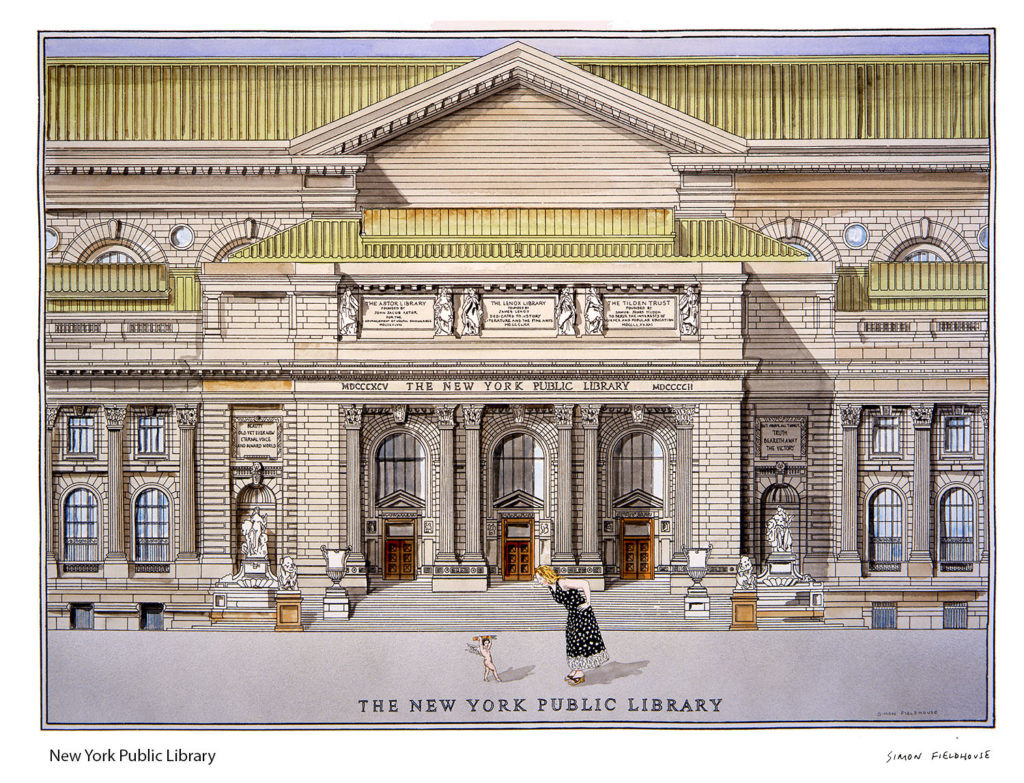
New York Public Library
New York Public Library (NYPL) is a public library system in New York City. With nearly 53 million items, the New York Public Library is the second largest public library in the United States (behind theLibrary of Congress), and fourth largest in the world.[3] It is an independently managed, nonprofit corporation operating with both private and public financing. The library has branches in the boroughs ofManhattan, The Bronx, and Staten Island, and affiliations with academic and professional libraries in the metropolitan area of New York State. The City of New York's other two boroughs, Brooklyn andQueens, are served by the Brooklyn Public Library and the Queens Library, respectively. The branch libraries are open to the general public and consist of research libraries and circulating libraries.
The library was developed in the 19th century, founded from an amalgamation of grass-roots libraries, and social libraries of bibliophiles and the wealthy, aided by the philanthropy of the wealthiest Americans of their age.
At the behest of Joseph Cogswell, John Jacob Astor placed a codicil in his will to bequeath $400,000 (equivalent of $10.9 million in 2015) for the creation of a public library.After Astor's death in 1848, the resulting board of trustees executed the will's conditions and constructed the Astor Library in 1854 in the East Village. The library created was a free reference library; its books were not permitted to circulate. By 1872, the Astor Library was described in a New York Times editorial as a "major reference and research resource",but, "Popular it certainly is not, and, so greatly is it lacking in the essentials of a public library, that its stores might almost as well be under lock and key, for any access the masses of the people can get thereto".
An act of the New York State Legislature incorporated the Lenox Library in 1870. The library was built on Fifth Avenue, between 70th and 71st streets, in 1877. Bibliophile and philanthropist James Lenox donated a vast collection of his Americana, art works, manuscripts, and rare books, including the first Gutenberg Bible in the New World.At its inception, the library charged admission and did not permit physical access to any literary items.[12] Former Governor of New York and presidential candidate Samuel J. Tilden believed that a library with city-wide reach was required, and upon his death in 1886, he bequeathed the bulk of his fortune—about $2.4 million(equivalent of $63 million in 2015)—to "establish and maintain a free library and reading room in the city of New York". This money would sit untouched in a trust for several years, until John Bigelow, a New York attorney, and trustee of the Tilden fortune, came up with an idea to merge two of the city's largest libraries.